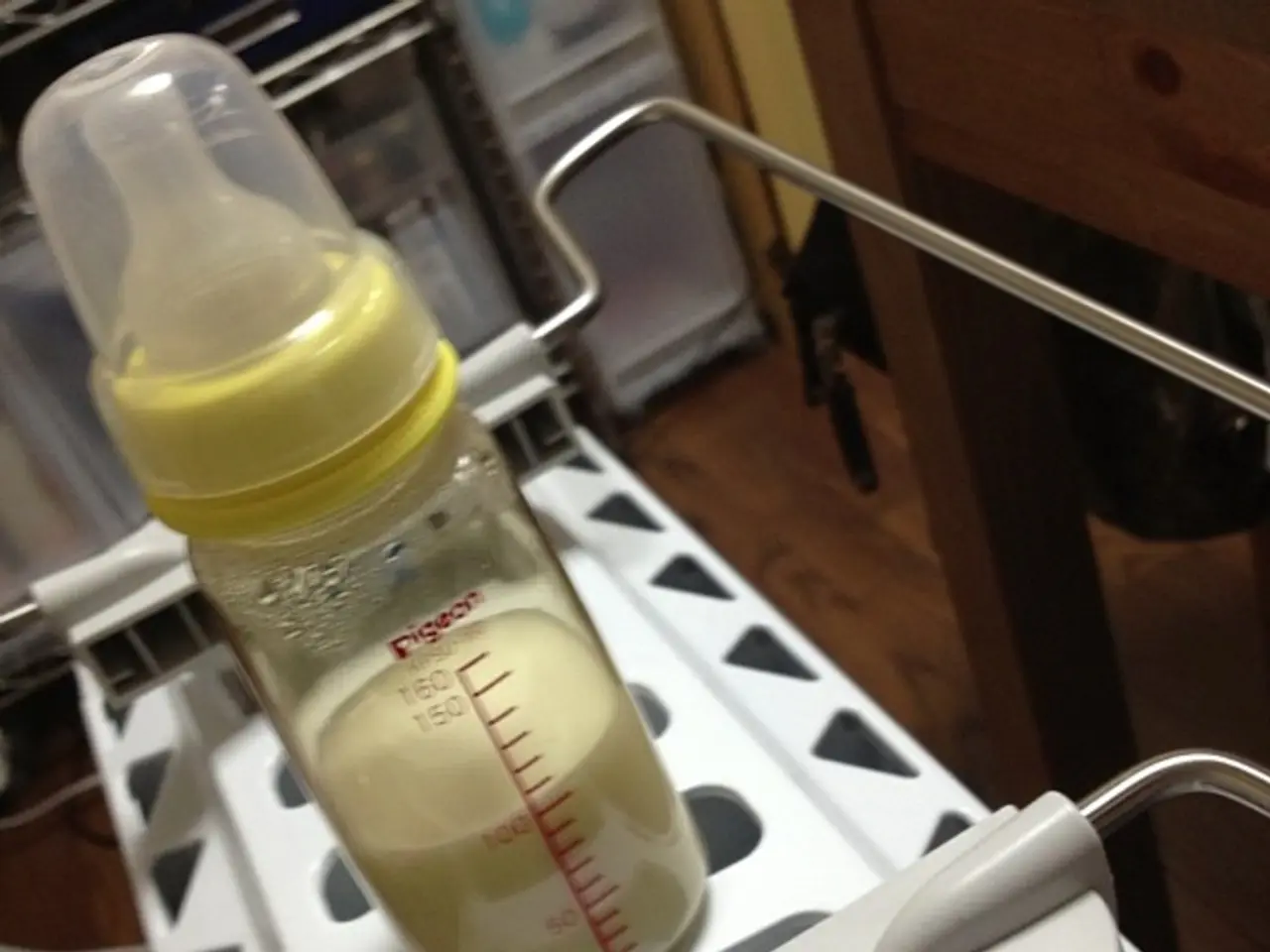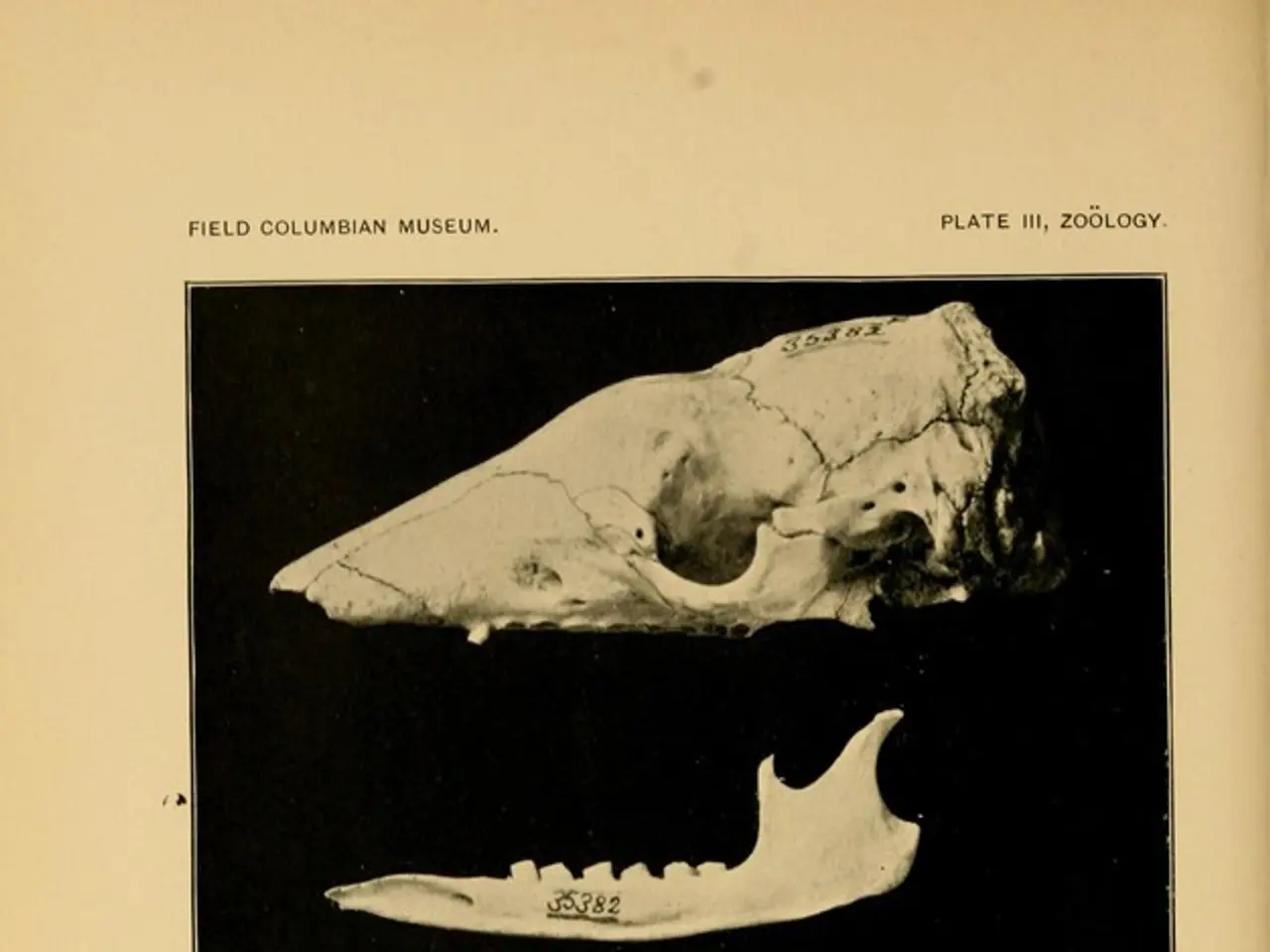West coast gray whale population plummeting by close to 40% since 2016
Revised Article:
Hang tight, mate! Here's the skinny on the decline in gray whale population along the Pacific Coast of North America.
Over the past few years, the number of these colossal sea-dwellers migrating our way has dropped by a hefty 40%, dropping from a whopping 27,000 in 2016 to 16,650 as of this year. That's a significant drop, and they've produced the fewest calves ever recorded this year.
Scientists from the National Oceanic and Atmospheric Research Administration (NOAA) aren't entirely sure what's causing this, but a few factors are probabilities.
First off, environmental changes could be shifting the tiny crustaceans and other invertebrates that gray whales feed on in the Arctic. Climate change is messing with ocean temperatures and currents, causing these critters to scatter rather than concentrate where the gray whales can easily gobble 'em up.
Additionally, an unusual mortality event declared by NOAA Fisheries in 2019 saw an increase in gray whale deaths along the West Coast, from Mexico to Alaska. Many of these whales were skin and bone – not a good sign. Some, however, met their end due to factors such as boat collisions or attacks from orcas.
The overall decline in West Coast gray whales aligns with a problem in reproduction, as well. Researchers found the number of newborn whales this year to be about 217 – the lowest number since counts began in 1994.
มันเป็นไ물เช่นนั้น, ซŹกซriorลซซีตซซีเซไจ่น่าเสีย Jeremiah H promote the importance of keeping an eye on the situation. "Given the continuing decline since 2016, we've gotta be monitoring the population closely to figure out what might be driving this trend," he explains.
You can chat about this and more in the environment-and-science room of our website Communities app, available for iOS, Android, and the web. Go to the Community tab to join the discussion!
- Given the declining gray whale population and concerns about climate change, it's crucial for health-and-wellness to address the potential impact on mental health, as the decreasing biodiversity may have psychological effects on humans.
- In the realm of environmental-science, the decrease in gray whale population could signify a broader imbalance in marine ecosystems due to consequences of climate change, potentially affecting other species and the environment as a whole.




